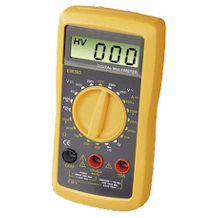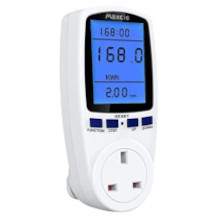Laser rangefinder purchasing advice: how to choose the right product
The most important facts in a nutshell
Laser rangefinders are more precise and faster than folding rulers.
A surface on which the laser dot can be aimed is a prerequisite for measurement.
Additional functions for calculating areas and volumes make the work easier.
Most laser rangefinders can measure to the nearest millimetre at distances between 20 and 50 metres.
Fast measurement for do-it-yourselfers and craftsmen
Will the cupboard fit in the niche? How high is the ceiling of the new flat? And how many square metres does the living room actually have? In everyday life, distances often have to be measured. Such a measurement can take place in a direct or indirect way. In a direct distance measurement, tools such as the folding rule are used to measure a certain length. An indirect measurement uses other values and converts them into distance.
Laser rangefinders use a method of indirect distance measurement called lidar travel time measurement. The devices emit a pulsed laser beam. When this reaches the target object, the laser beam is reflected and detected by the device. From the time it takes the laser to cover the distance, the rangefinder calculates the distance.
L.A.S.E.R.
A laser pointer, a laser rangefinder, a laser gun or a laser sword, the word “laser” is familiar to most people these days. But not everyone knows that it is an acronym: It stands for “light amplification by stimulated emission of radiation”.
Laser distance meters are about the size of a smartphone, only thicker. That’s why they can be carried handy in your pocket. Both do-it-yourselfers at home and professional construction workers on the building site use the devices to measure distances at the touch of a button. The devices are even used in agriculture or hunting. Compared to direct measuring tools, they are faster, more precise and can measure greater distances.
However, the devices cost a lot more than a folding rule. In most cases, you need an object that reflects the laser beam, which is not necessarily available for every measurement. If measurements are taken outdoors, weather conditions such as fog, sunlight or snow can influence the measurement result. The target object must also neither reflect nor shine. At long distances, even the small red laser dot is not always recognisable. Last but not least, the batteries have to be changed or recharged at some point.
Pro points
- Very precise measurement
- Fast and convenient to use
- Easy to transport
- Long distances measurable
- Uncomplicated handling
- Area and volume measurement possible
Drawbacks
- More expensive than direct measuring tools
- Relies on batteries
- Target object necessary
- Unusable with reflective or shiny target object
- Laser dot not always easily recognisable
The most important functions
The range of functions of a laser rangefinder often depends on the price. Expensive devices usually have a greater variety of functions and can therefore be used more flexibly. However, distance measurement by laser rangefinder always requires one thing: the laser must hit an object or surface, otherwise it will not measure.
Length measurement
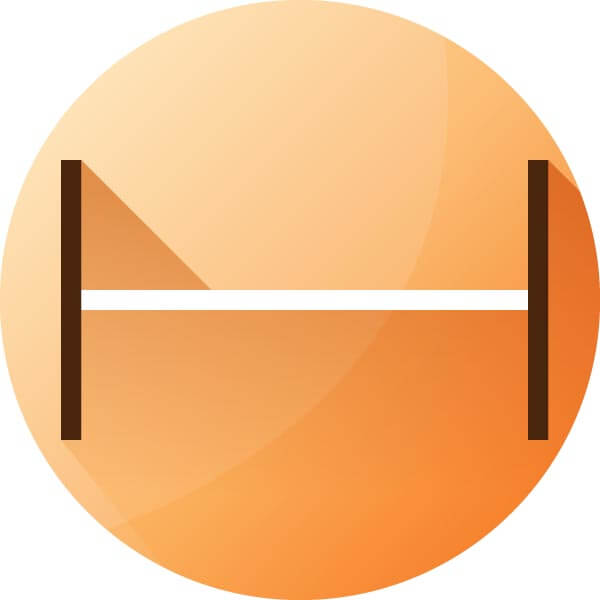
The simplest function of a laser rangefinder is length measurement. This involves measuring the distance from the rearmost part of the device to the laser point. This type of measurement is only feasible if there is an object that reflects the laser beam. If this is the case, the distance is measured quickly to the nearest millimetre. Since this is the basic function, it can be accessed with a press of the button that is usually the largest.
Continuous measurement
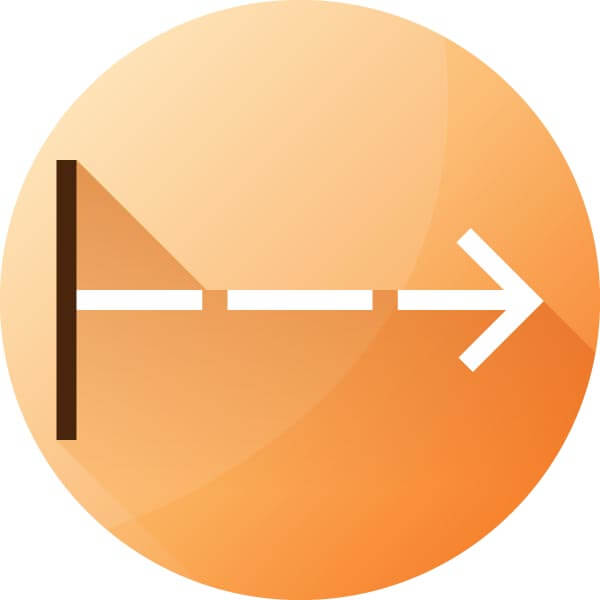
The continuous measurement function is used when you want to find a specific distance. The laser beam is directed at the target object. You then move the laser rangefinder closer or further away until you reach the desired distance. You can see the distance continuously on the display. Sometimes a signal tone even informs you of the distance you have reached.
Addition and subtraction
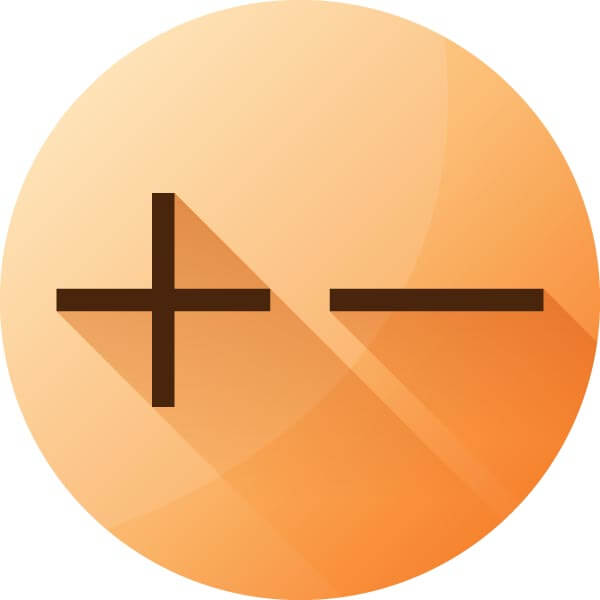
As indirect distance meters, the devices are by definition able to calculate. This is how they finally determine the distance. Even simple devices in the lower price ranges can add and subtract, provided they can also store the measurements. For example, you have the option of measuring the wall and door separately and subtracting the measured value of the door from that of the wall. This function is useful, for example, if you want to lay skirting boards or cables.
Area and volume measurement
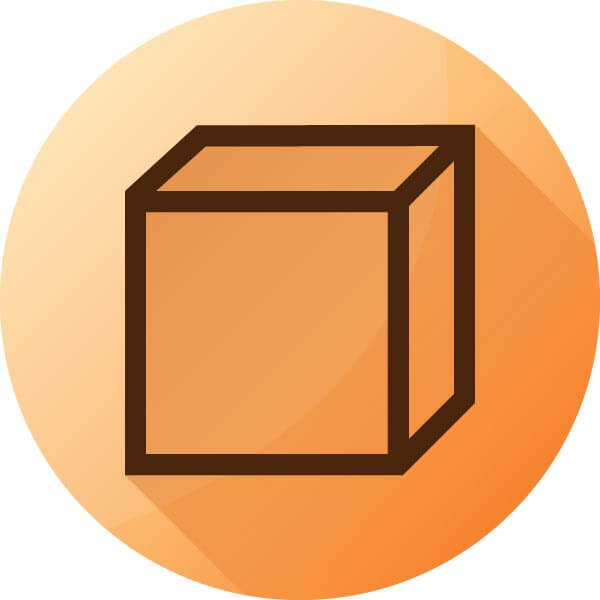
The calculation process is similar when measuring areas and volumes. Length, depth and, if necessary, height are measured. For example, you can quickly measure the area of a room or the volume of a room. This function is particularly practical when viewing flats. All you have to do is have the device with you and after pressing a few buttons you know whether the landlord’s information is correct. However, the measurement only works reliably for rooms with a rectangular floor plan.
Wall area measurement
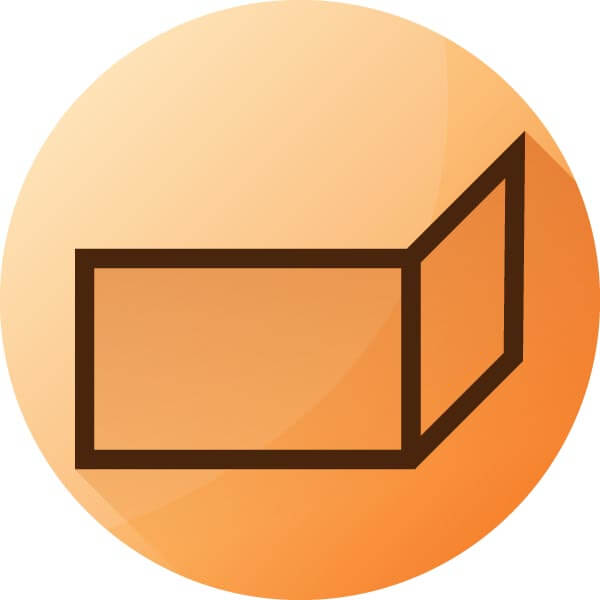
The wall area measurement is a combination of the area measurement and addition functions. The height is measured only once. The length of each wall is then determined. The laser rangefinder adds the areas. You can then subtract the areas of the doors and windows in the device. This saves you time-consuming calculations with pen and paper or a calculator. This function is particularly useful when painting. If you know exactly how much you have to paint, you can buy the right amount of paint.
Pythagoras function
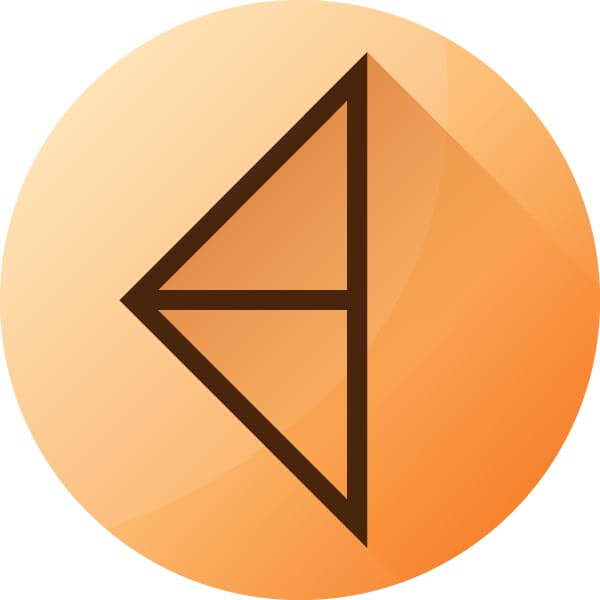
Laser rangefinders also know the Pythagorean theorem. To do this, you need to measure the distance between two sides of a right-angled triangle; the device calculates the length of the third side. This function is particularly helpful when you want to determine heights of objects without ceilings, such as those of a garden wall. Move away from the wall a little and measure from the ground to its highest point – the hypotenuse. Then determine the horizontal distance to the wall. The device will tell you the height.
Sine function
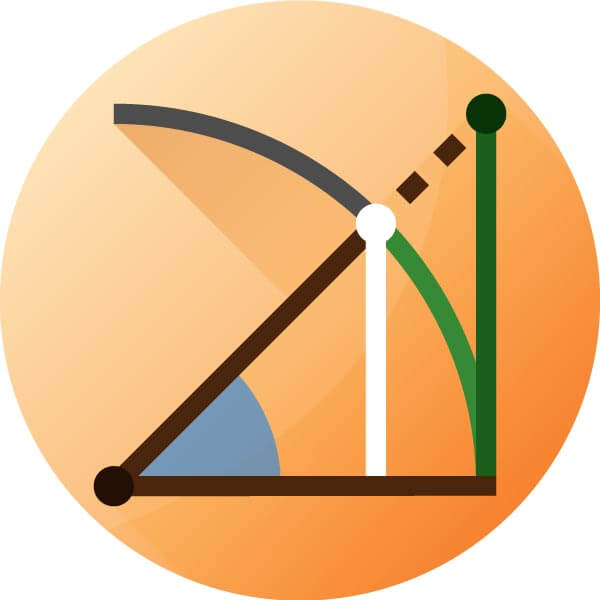
It is even easier with the sine function. You only have to measure once. For a wall, you only have to hit the highest point from the ground. The laser distance meter is equipped with an integrated spirit level or inclination sensors. This allows it to determine the angle of inclination. Using the angle and the measured distance, the device automatically calculates the height of the wall. You can also use a spirit level separately to determine angles, provided that there is a display for it.
Other purchase criteria
In addition to their different functions, the performance of the devices also contributes to the purchase decision. Strictly speaking, you need to know whether the device will suit your intended use in terms of measuring distance and precision. A hunter, for example, does not get much out of a laser rangefinder with a range of only 30 metres. Construction workers depend on high precision. You should also consider aspects such as ease of use or certain extras.
Measuring range
The measuring range or the maximum measuring distance of a laser rangefinder can vary greatly. Simple models reach about 20 to 50 metres. This distance is usually sufficient for do-it-yourselfers. Professionals may need a little more leeway. 50 to 150 metres is appropriate. In agriculture or hunting, however, you literally won’t get very far even with such devices. For that, you need particularly expensive devices with a maximum measuring distance of at least one kilometre.
Many manufacturers specify not only the maximum but also the minimum measuring distance. This is usually in the centimetre range. 5 centimetres or 0.05 metres, as the amount is often stated, is the usual minimum measuring distance. With such a small distance, however, the set square is also sufficient.
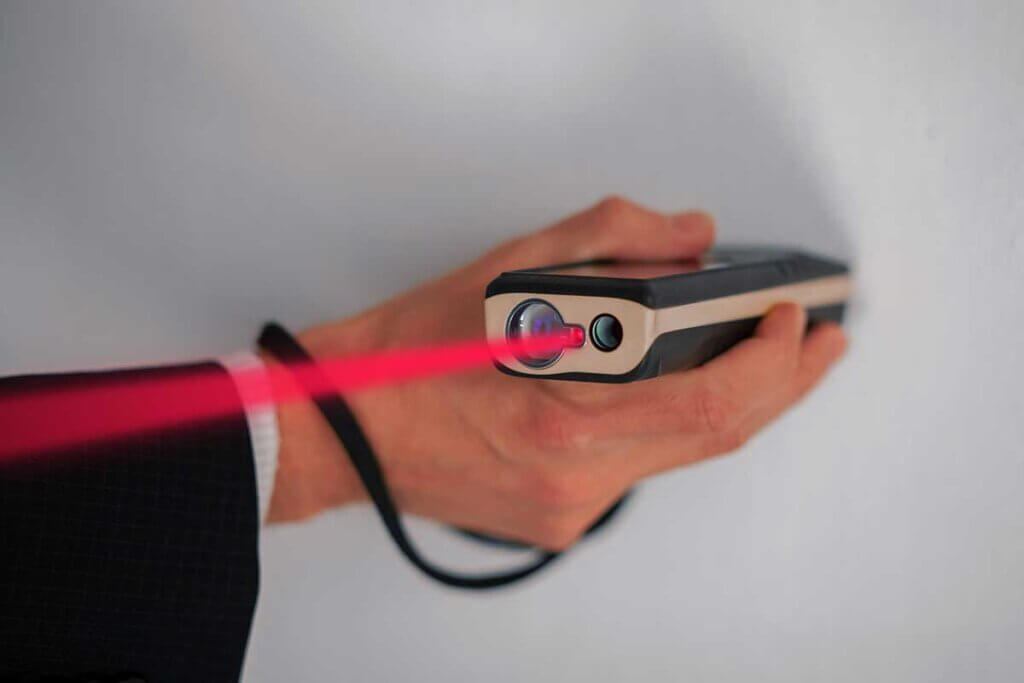
Precision
Once upon a time, manufacturers could specify the precision of their measuring instruments as they wished. This does not necessarily mean that they were lying, they were simply measuring in ideal conditions for the rangefinder. This means that the lighting conditions and target surfaces were chosen to aid the precision of the measurement. On the construction site, however, conditions are not always ideal. This is why the ISO standard 16331-1 was developed.
Instruments certified against this standard have been tested by independent institutions under various conditions, both favourable and unfavourable. The ISO certification does not refer to a certain degree of precision, but to the truthfulness of the manufacturer’s claims.
As a rule, laser rangefinders measure with millimetre precision. However, the precision usually decreases somewhat with increasing distance. A deviation of up to 1.5 millimetres is common. Craftsmen who work on building sites where conditions are not always ideal and an incorrect measurement can cause enormous costs should reach for a device with at least 1.5 millimetre measuring accuracy. For do-it-yourselfers who mostly measure indoors with suitable surfaces, a precision of about 3.0 millimetres should also be sufficient.
Memory capacity
20 to 30 memory locations are a must. After all, only one value is rarely measured with such a device. Memory locations for measured values facilitate several measurements in succession. So you don’t have to reach for a notepad and pen or your smartphone after each measurement. For some functions, such as volume calculation, a memory is even a prerequisite. It is rare to find devices that can store fewer than 10 values. On the other side of the spectrum, there are devices that store up to 100 values. Some even record the date of the measurement.
Operation
A rangefinder must be quick and easy to use. After all, it is not only bought to measure precisely, but also to save time. To do this, for example, the display must be easy to read. But the buttons are particularly important. Both for DIY and on the construction site, gloves are worn for safety. These make handling more difficult. A device with too many small buttons does not benefit operation. The buttons should therefore be large enough and have a certain distance between them.
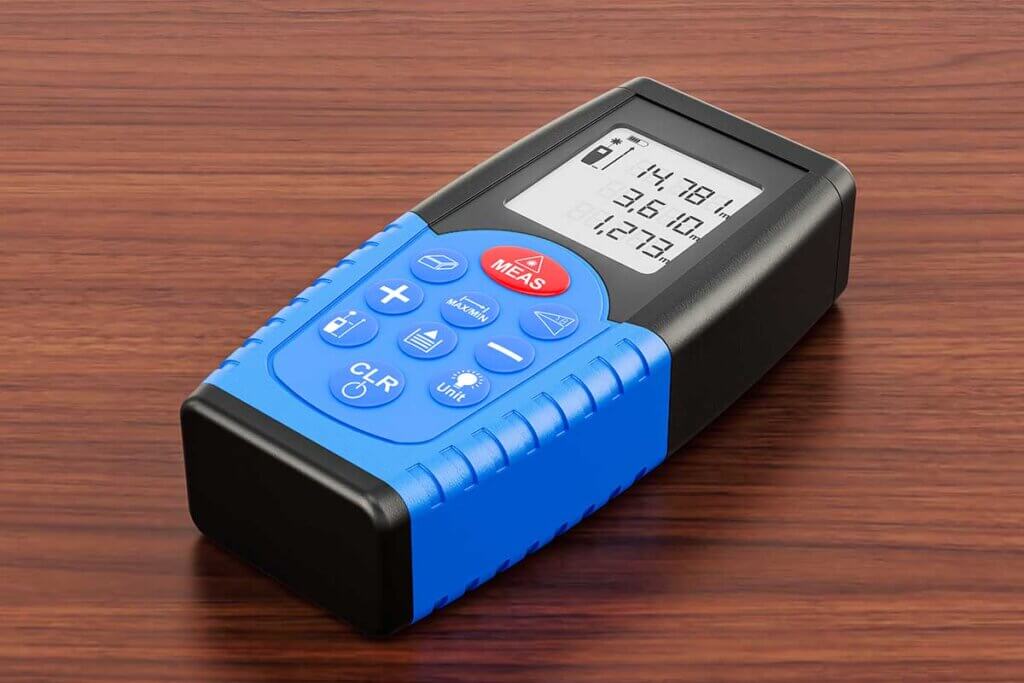
Selectability of the start of measurement
Most laser rangefinders measure from the rearmost part of the device. This allows you to hold them against a wall, for example, and aim the laser dot at the opposite wall. The devices indicate the distance without you having to add their length. Ideally, however, the reference point can be changed, for example to the middle or the end of the measuring devices. This option is advantageous if you want to measure distances that are smaller than the devices themselves.
Protection class
In order to be used on a construction site, the laser rangefinder must have at least an IP54 protection class. This means that the device is protected against splash water and dust. Although many devices have a protection class of IP54, a higher class is rarely found. You should therefore make sure that the device is not exposed to a strong jet of water, for example.
Size and weight
The rangefinders themselves should not be too large or heavy. After all, they should fit in your pocket and be operated with one hand. The usual weight is between 50 and 250 grams. The smallest laser rangefinders are only about ten centimetres long and four centimetres wide; large devices, on the other hand, are almost twice as long and twice as wide.
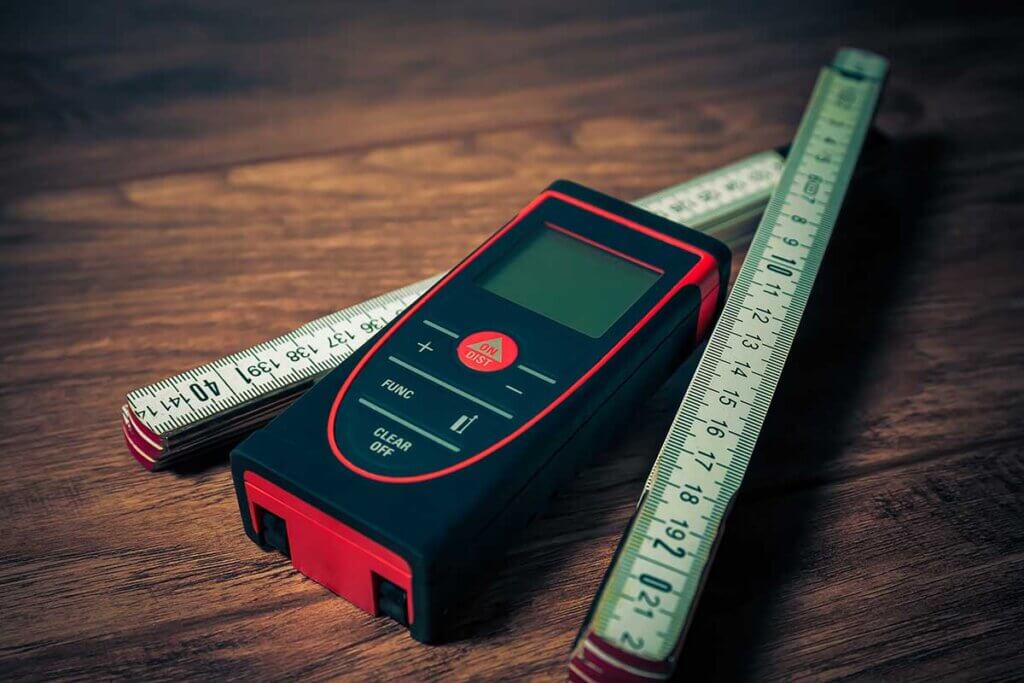
Power supply
Laser rangefinders are usually powered by standard AAA batteries, so-called microcells. Instead of disposable batteries, AAA-size rechargeable batteries can also be used. You should not worry too much about the runtime. The devices can take hundreds of measurements on one battery charge. However, if you want to be on the safe side, you should have a set of exchangeable batteries at hand.
Interface
If you prefer to read or save the values on your smartphone, tablet or laptop, you should look for a device with a Bluetooth interface. Increasingly, laser rangefinders are equipped with them.
Comfort
Some functions and extras also increase user comfort, such as a signal tone when a measurement is taken or an automatic switch-off function if the device is not used for a longer period of time to save energy. A tripod thread allows the use of a tripod, so that the laser beam can be precisely aimed even at long distances. A foldable end piece makes it easier to place the distance meter exactly at an edge. A few expensive devices even have a camera that allows you to see even the laser dot, which is often far away.
Accessories
Usually, only batteries or rechargeable batteries are included with the purchase of a laser rangefinder. However, certain accessories may be included in the scope of delivery. These include, for example, a target plate, which is used if the actual target surface is too reflective. A tripod can keep the laser beam stable to facilitate aiming at long distances. There are also sight goggles that allow users to see the laser dot better. The most common accessory, however, is a bag that ensures safe and easy transport of the device.
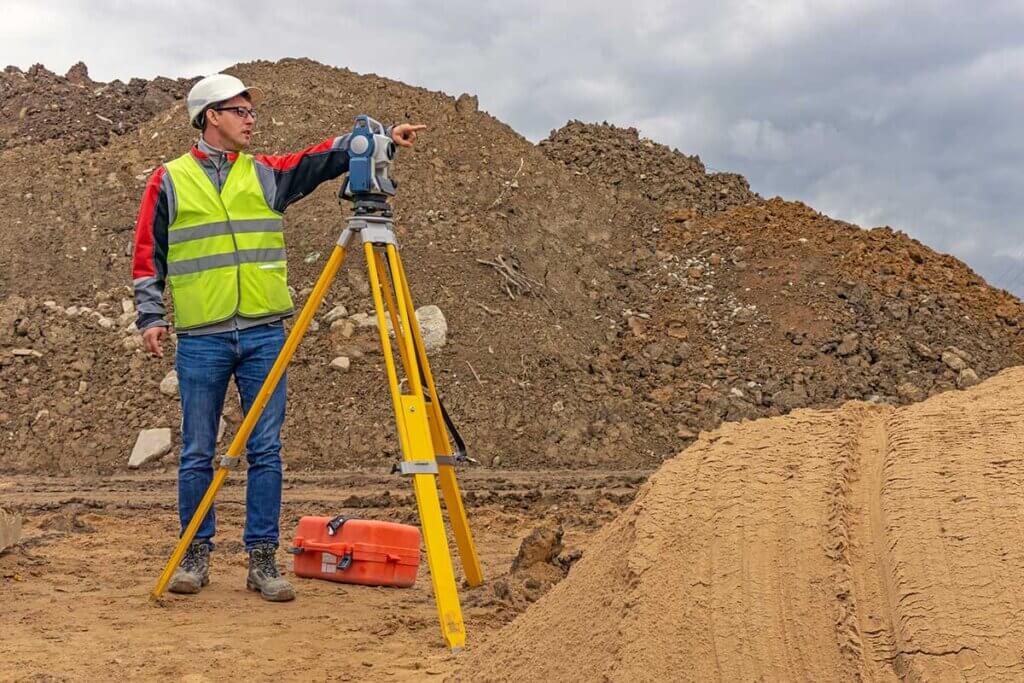
Notes on safety
Laser rangefinders use class 2 lasers. These are considered safe for the eye as long as they are not amplified with lenses, magnifiers or other means. So even if the dot lands briefly on your eye, it is no cause for concern. However, you should not look at it for a long time. Normally, the eyelid closure reflex ensures that the eye is not exposed to the laser for too long.


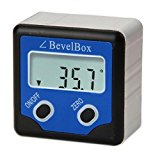
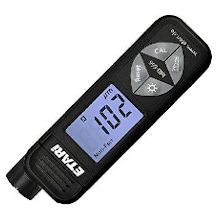
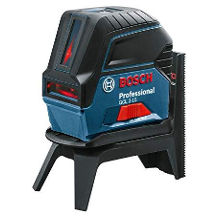
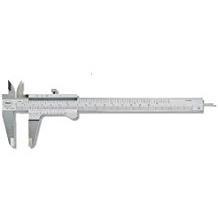
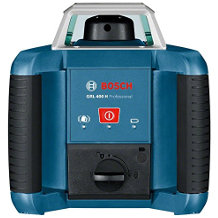
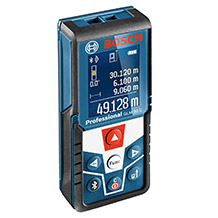

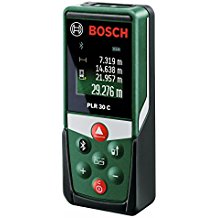
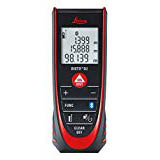
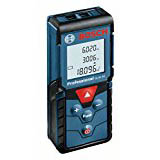
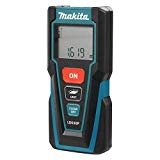
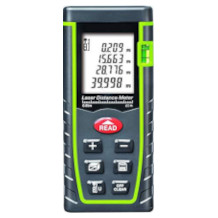
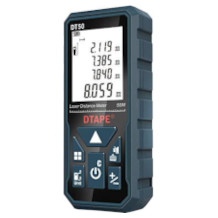

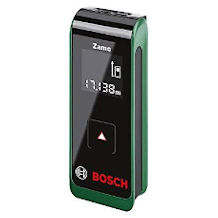
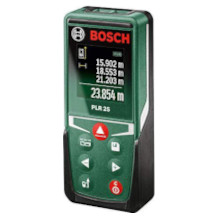
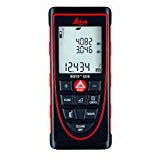
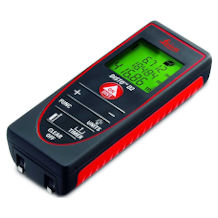
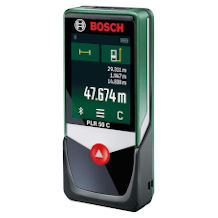
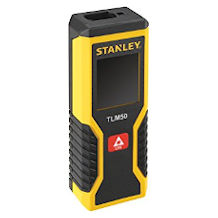
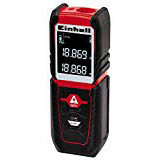
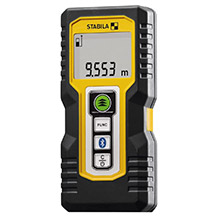

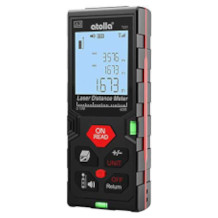
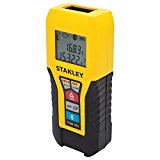


 8,001 reviews
8,001 reviews



